On 13 September 2018 the ESA’s Mars Express Orbiter photographed what scientists call an elongated cloud on Mars just to the West of Arsia Mons which extends for 1500 km westward.
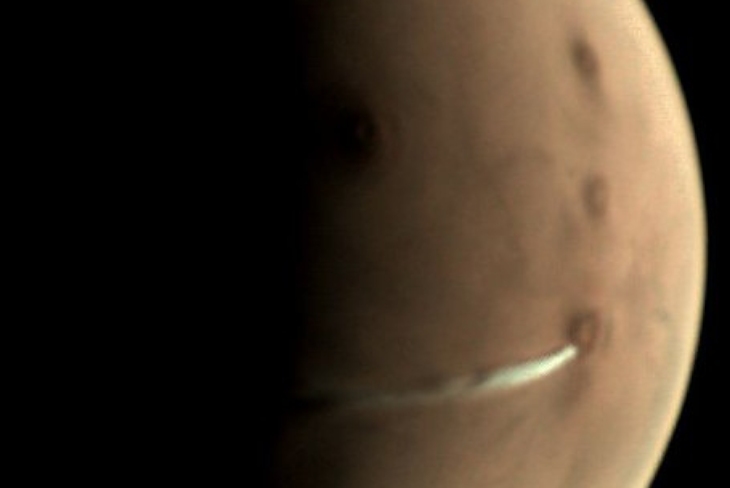
Here is a perfect example of what an erupting volcano’s ash cloud looks like on Earth, note the similarity between this ash cloud and the one seen on Mars (the difference being the direction in which the wind is blowing):
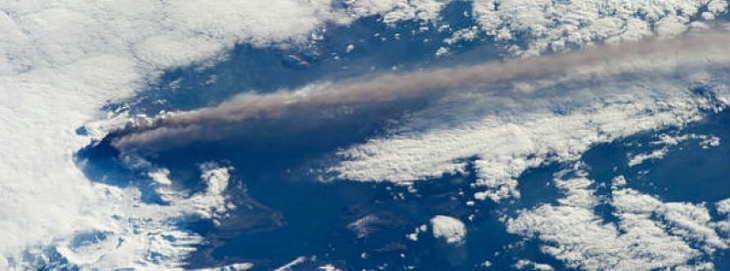
The so-called elongated cloud on Mars has been under close observation by the ESA for over a month.
Scientists say that this is nothing more than a cloud which is not uncommon and that clouds often form in this area, furthermore that this is not caused by volcanic activity. Scientists have long believed that the planet is geologically inactive.
Following are two photographs taken by NASA’s Mars Global Surveyor showing cloud formations that have been spotted near Arsia Mons in the past:
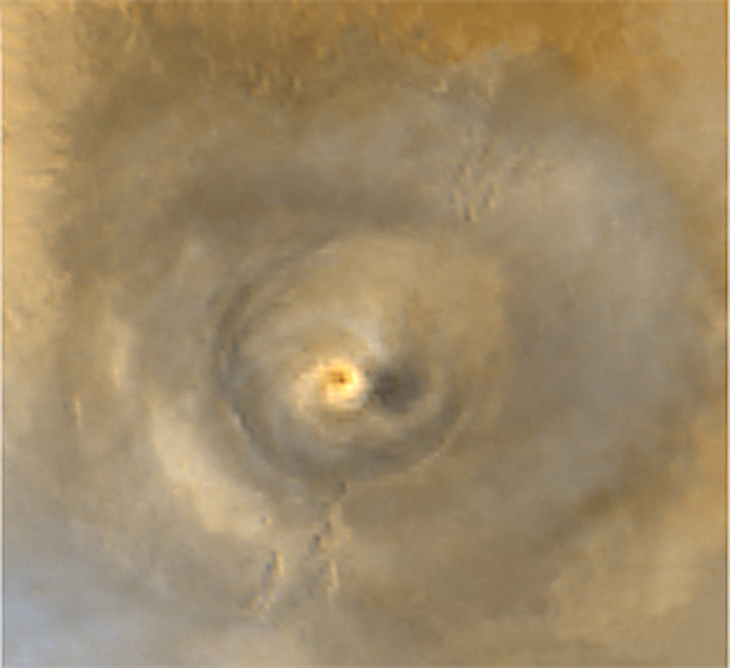
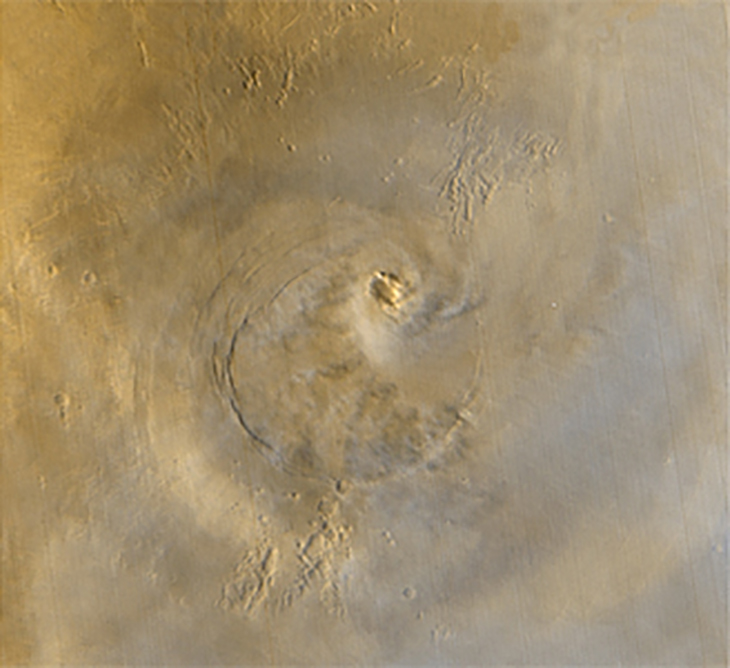
Taking a closer look this looks more like a vapor trail emanating from the west flank of Arsia Mons blown westwards by a Martian jet stream. This vapor trail looks nothing like the two examples of repeat cloud formations shown by NASA above. In my opinion this looks nothing like a typical cloud, this vapor formation clearly has a very dense starting point and gets gradually thinner as it is blown further from the source.
The two images below are from Google Earth Mars. The white rectangles in each image show the area from where I speculate the vapor trail starts.
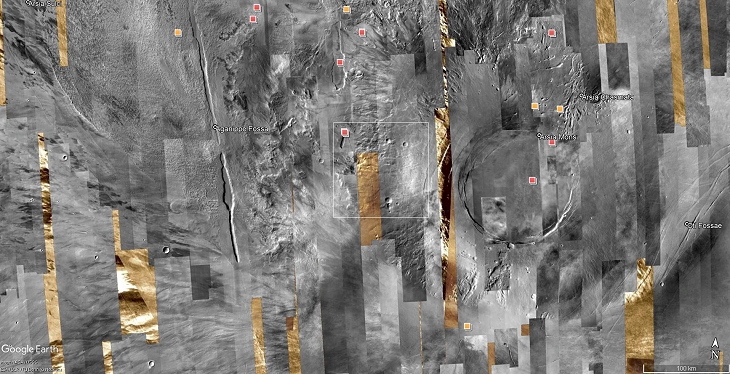
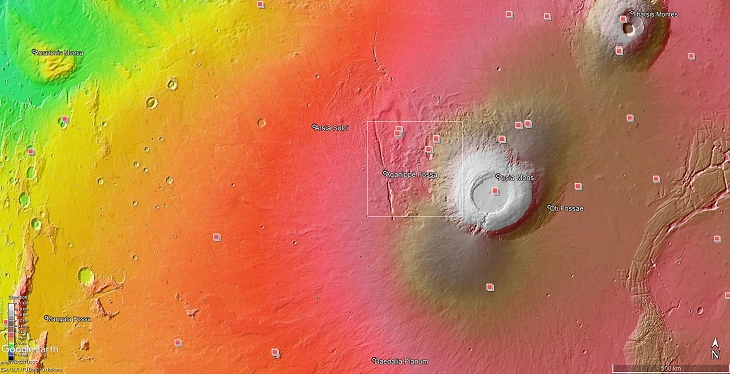
HiRISE photographs within the white rectangles show evidence of huge pits or holes from which this vapor trail could be emanating.
Could this discovery by the ESA show a persistent could, an extinct volcano that has become active again or evidence of some type of terraforming process?
Original Links:
https://www.esa.int/spaceinimages/Images/2018/10/Elongated_cloud_on_Mars
https://www.sciencealert.com/mars-express-observes-seasonal-orographic-cloud-arsia-mons
https://www.jpl.nasa.gov/spaceimages/details.php?id=PIA04294
https://earthsky.org/todays-image/may-18-view-from-space-of-pavlof-volcano
My YouTube video featuring ‘Cloud, Active Volcano or Terraforming on Mars:’
My YouTube video featuring ‘Devastating Landslide in Xanthe Terra on Mars (includes ‘volcano’ update):’
Subscribe to my YouTube channel and turn on notifications to be notified when new videos are uploaded.
Also visit Twitter page @RaptorZN_.
Disclaimer:
Images saved from within HiView or CTX viewer do not include image scale indicators. The image scale indicators I include in images are based on the official resolutions provided by NASA and although I strive to be as accurate as possible there may be slight deviations from the actual scale. Image scale indicators are included as a size approximation tool only.
Geometry lines are mapped as accurately as possible using the limited information, data and mapping tools available at the time, therefore the lines may deviate from target sites by a few kilometres. Revisions may be made in the future as new, more precise information, data and mapping tools become available.
Many or all of the anomalies/artefacts covered in this presentation may be naturally occurring geological features caused by some type of geological processes, however due to the lack of specific information from the source we can only speculate whether these are all natural or some artificial in nature.
In cases where I say an anomaly looks like something I’m attempting to clarify what I see and not specifically that the anomaly is what I say it looks like.
My intention is only to share anomalies I’ve discovered on Mars and not to convince anyone that there is or was a civilization on Mars.
As Will Farrar from WhatsUpInTheSky says: “I see what I see, you see what you see.”
